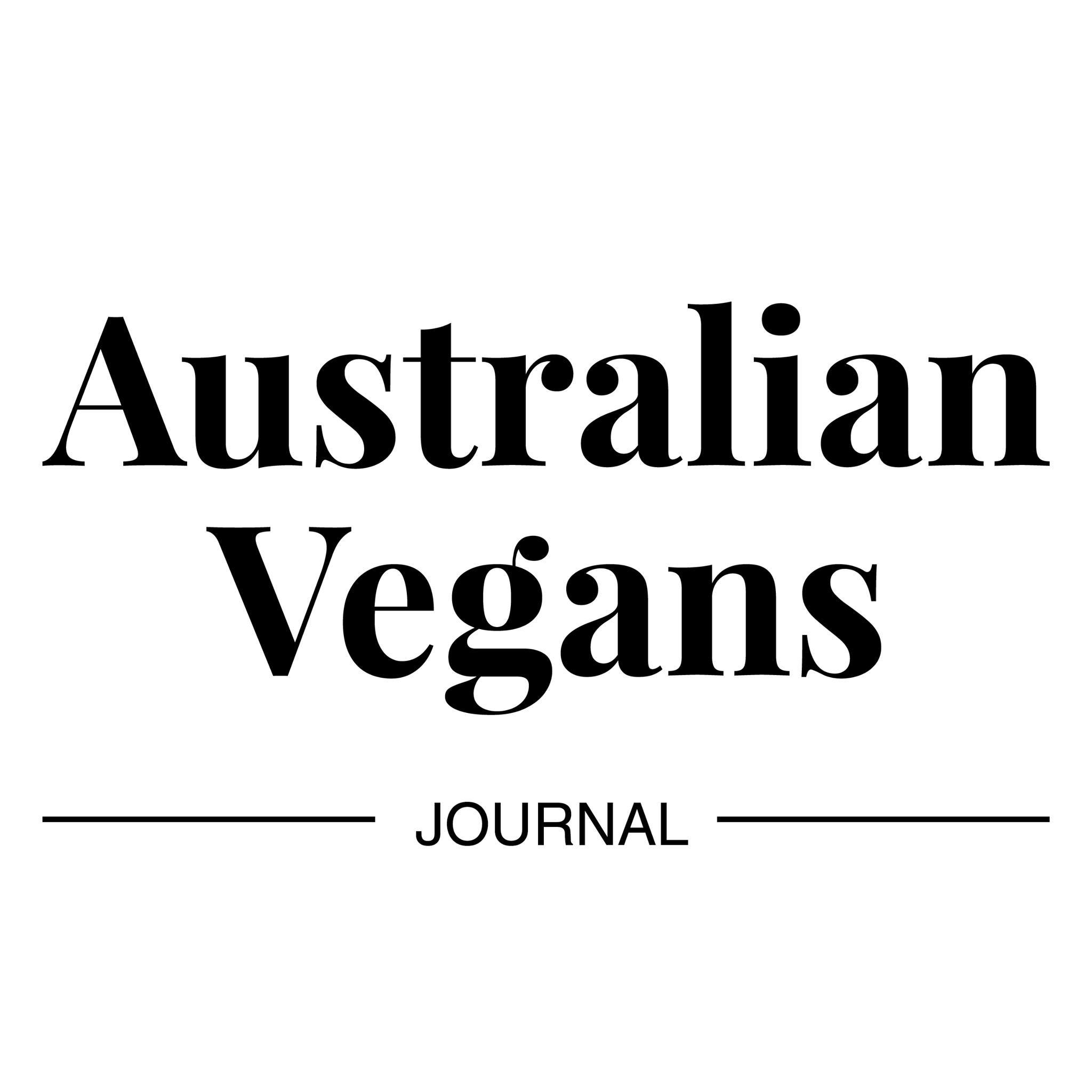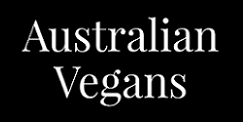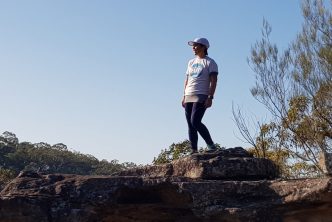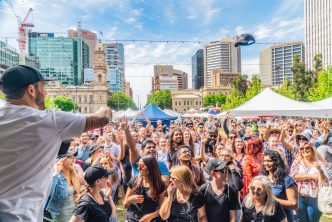Aline Dürr is a vegan interior designer who is striving to design a vegan future. Through her work, Aline is teaching people about animal cruelty in design and aspires to changes people’s behaviours in a gentle way. Aline spoke to Australian Vegans Journal about her career, her journey to Australia and into veganism, plus founding Australia’s first Vegan Interior Design Week.
Firstly, why did you pursue a career in interior design?
I started my work life with a business degree, working as an executive assistant in a container shipping company. I did not dislike my job; it was just not as fulfilling as I had imagined it. So, I studied interior design on the side as a creative outlet because I had always loved flipping through my mum’s interior design magazines. Good timing and a leap of faith took care of the rest.
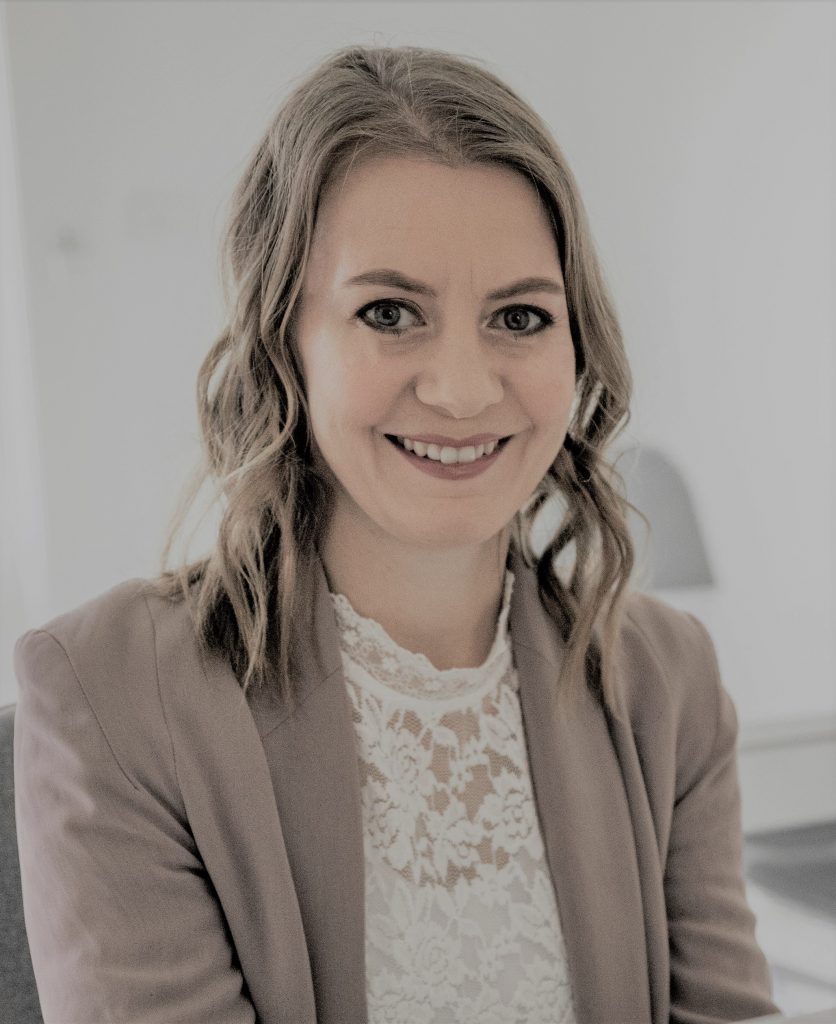
You moved to Sydney from Berlin in 2011 in order to change your career. As an award-winning designer, what kind of changes were you seeking and why did you choose Sydney?
The move from Germany to Australia was actually a personal one. I met my Australian partner when we were both working in Canada and after a few years living together in my home country, we decided to move to his home town Sydney. I had just finished my interior design degree and though I had no work experience in the interior design field, I decided to take the plunge and turned the move from one end of the world to the other into a career change as well.
How long have you been vegan for, and how did you incorporate your ethical vegan lifestyle into your profession?
I have only been vegan for a little bit over three years now. The dietary change happened overnight after watching Dominion and cosmetics, clothes and home furnishings followed very quickly. I was on maternity leave back then and had difficulties imagining going back to work designing interiors after finding out about all the animal cruelty that is going on in the world. One voice inside my head told me very loudly to work more actively in animal activism to change the world for the better while another voice said: “But you love your job!”. The straightforward solution was to combine the two. Running a vegan interior design company and educational platform is not activism as such but it is a very effective way to teach people about animal cruelty in design and it changes people’s behaviours in a gentle way.
Currently, vegan food and vegan fashion are experiencing a meteoric rise. Is vegan interior design experiencing its own rise, too?
This is a topic I discuss a lot with fellow vegan designers and it is actually the subject of one of the panel discussions at Vegan Interior Design Week later this year. Things are definitely moving and vegan interior design is experiencing its own rise. On the supplier and manufacturer side, we can definitely see a lot of movement. Vegan wall paints, vegan furniture ranges and bio-derived materials such as fruit and cactus leathers as well as vegan alternatives for wool, silk and down are growing at an accelerated pace. On the demand side, the answer is not as straightforward. When people turn vegan, it usually starts with changing their diet. They then move on to personal care products and fashion. For many vegans it stops there as they are not necessarily aware of all the hidden animal products in their homes. So while we have seen an exponential rise in customers who are seeking ‘sustainable’ and ‘healthy’ design solutions, the number of clients asking for ethical interior design is still smaller but growing.
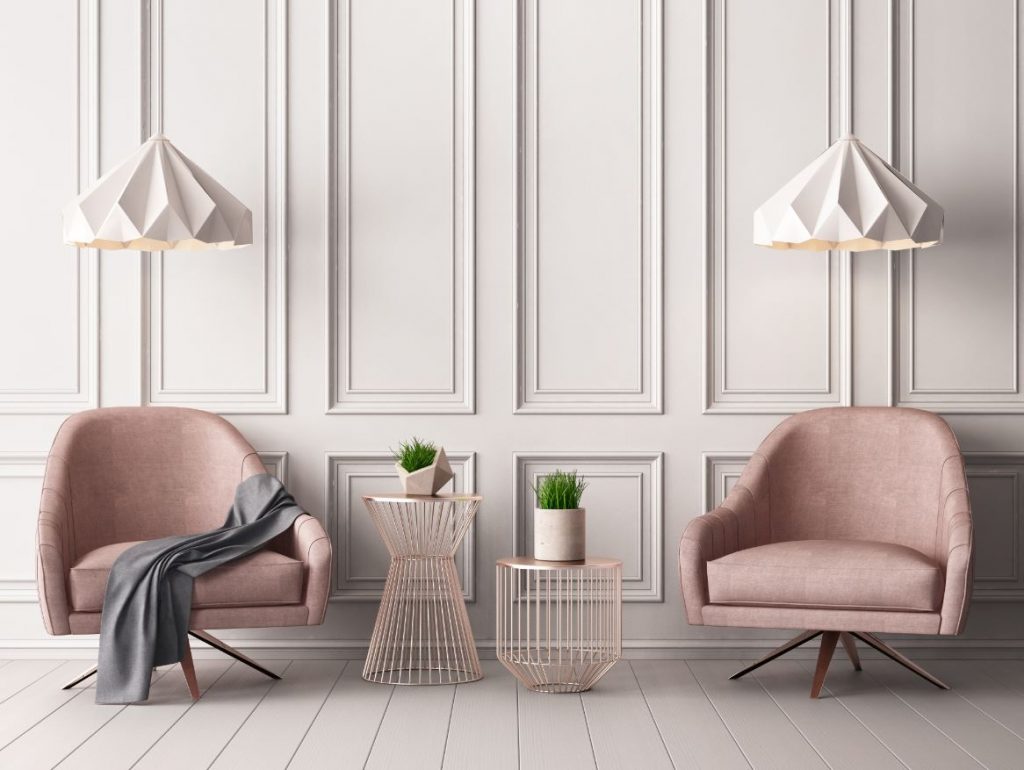
Is your customer base exclusively vegan, or is there are mix of non-vegans as well?
While I have had vegan clients contacting me from many different corners of the world in order to discuss a fully vegan interior design for their home or office, the majority of my clients are still non-vegan. I am happy to say that most of my non-vegan customers walk away very informed and educated after a project with me and generally change their lifestyle. I work with a lot of people who approach me from a sustainability angle and are ‘veganised’ over the course of a job.
Are customers surprised that interior design is possible from a vegan perspective?
Most people are confused when I talk about vegan interior design as the term vegan is mainly associated with food and people, including many vegans; they do not make the connection to interior design. Customers are always surprised at how many animal-derived products and finishes are secretly lurking in their homes. They think that if they avoid leather lounges, wool rugs, down pillows and silk curtains the job is done. Once I start talking about wall paints, varnishes, plywood, mattresses, towels and textiles, people are usually quite shocked and want to learn more. Customers’ expectations are always exceeded because most people expect vegan interior design to be quite bland or super organic with itchy sisal rugs and muted hemp upholstery everywhere. Vegan interior design can be just as much fun and just as luxurious as non-vegan design, you just need to know where to find the alternatives.
You’ve recently written a book Vegan Interior Design. Why did you decide to write it?
Because there was none. When I decided to take my interior design company down the vegan path, there was only one company offering a basic course and a coffee table book. I was craving more practical and hands-on advice and had to do a lot of research of my own which I decided to share with the world in the form of an easy to read entry level guide to vegan interior design as well as a six-week online course for vegans and non-vegans alike.
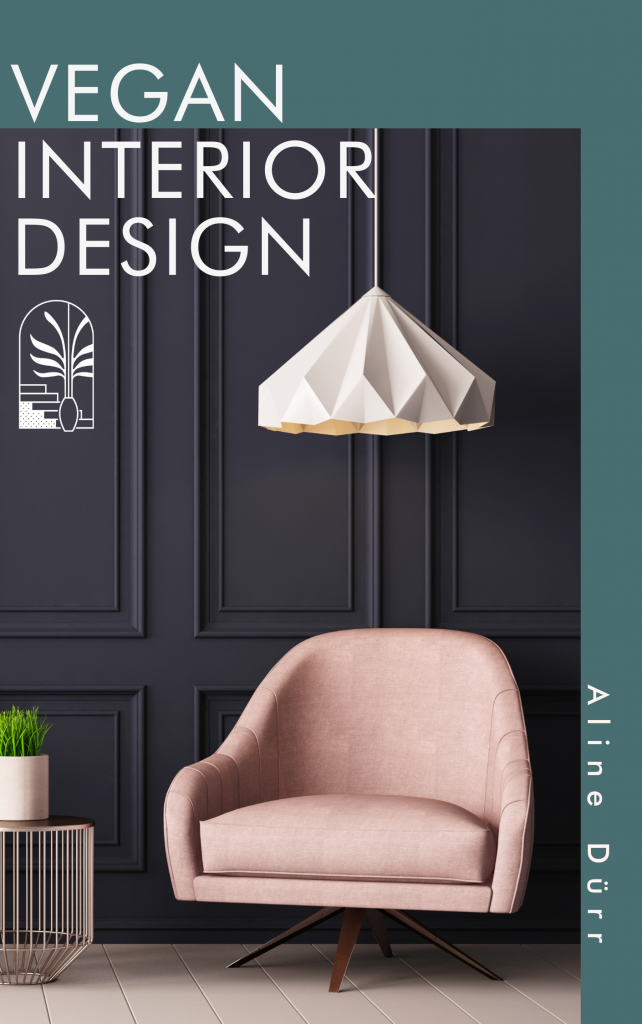
You are also active in animal rescue. Can you tell us about your animal rescue activities?
I have volunteered for many different animal rescue organisations in Sydney over the past five years. I am most actively involved with the NSW Hen Rescue as a foster carer for ex-battery hens when they are liberated from the cages. I cannot describe the feeling of watching a hen who has been stuck in a tiny cage for her whole life take her first steps out of a carrier and into her new life. It is truly one of the most beautiful things for me to watch a tortured and exploited animal come to life under my care. Working in animal rescue reminds me who I am doing all of this for.
Vegan Interior Design Week™ is a first for Australia, and the “world’s leading ethical interior design movement” running from November 1 to 5, 2021. Your speaker list is extensive, from industry experts to prominent thought-leaders in the Australian vegan landscape. Why did you decide to establish this event?
While researching for my book, I discovered a whole new wave of vegan textiles and materials as well as many vegan interior designers scattered all over the world. A lot of them were timidly trying to incorporate their vegan values into their work while others were more outspoken. I felt that there was no real sense of a worldwide community when there should be. The industry will not be disrupted by a few individuals asking questions, the whole industry needs a push and we need to work together to create this change. I was inspired by Emmanuelle Rienda’s Vegan Fashion Week™ and this first-ever Vegan Interior Design Week™ will virtually bring together forward-thinking leaders and advocates of sustainable interior design and/or veganism to discuss environmentally friendly, ethical and cutting-edge alternatives. It is a free event because I want everyone who lives, works, eats or sleeps in a space to attend and learn, no matter if they are vegan, non-vegan, interior designers, suppliers, manufacturers or not, it is something that concerns all of us.
What fundamental changes need to take place in interior design and where do you see vegan interior design in the near future?
As an industry, we need to cut out all animal products in interior design – not only from an ethical point of view but with the environment and people’s health in mind as well. In order for vegan interior design to really take off and follow in food’s and fashion’s footsteps, we need more people asking more questions. We need more demand for vegan furniture, materials and finishes. And we need manufacturers of vegan alternative materials and products to be able to cater for the mass market; we need more like-for-like material alternatives and lots of them. We are definitely catching up though so watch this space (and register for Vegan Interior Design Week).
You can register for Vegan Interior Design Week™ here for free. For more information about Aline’s work, you can visit the Vegan Interior Design website.
